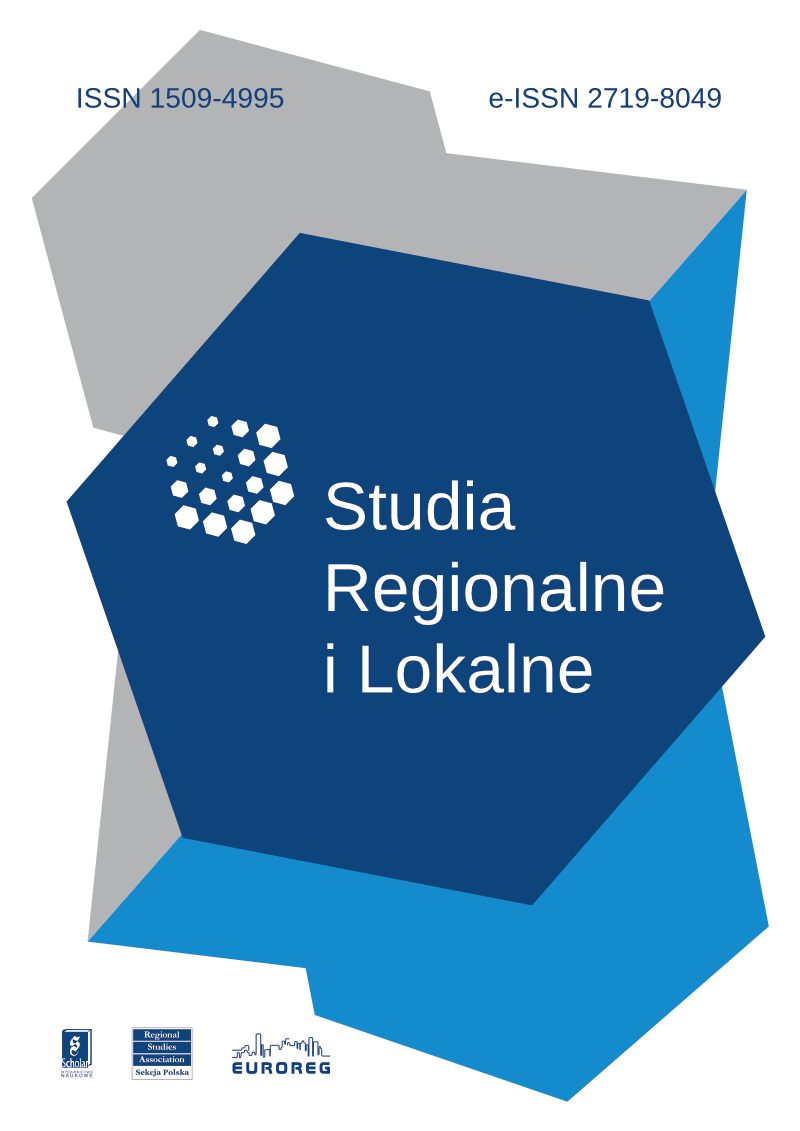Nierówności regionalne w Polsce w świetle neoklasycznych modeli wzrostu z saldem środków Unii Europejskiej
Celem artykułu jest próba odpowiedzi na pytanie o wpływ przystąpienia Polski do Unii Europejskiej na nierówności regionalne w naszym kraju. Przedstawiono w nim neoklasyczny model egzogenicznego wzrostu z saldem środków UE, przeznaczonych do realizacji polityki spójności i konwergencji. Model ten jest uogólnieniem standardowego modelu wzrostu Solowa–Swana. W artykule omówiono metody wyznaczania wartości zmiennych modeli wzrostu w stacjonarnych stanach równowagi. Przeprowadzono analizę nierówności regionalnych w Polsce w ujęciu retrospektywnym w latach 2004–2006 oraz w ujęciu prospektywnym na podstawie modeli wzrostu gospodarki Polski oraz gospodarek województw. Przedstawiono wnioski dotyczące skutków realizacji programu spójności i konwergencji w Polsce oraz postulaty na temat zasad konstrukcji nowych regionalnych modeli wzrostu jako instrumentów opisu i analizy nierówności regionalnych.
Regional Inequalities in Poland in the Light of Neoclassical Growth Models with the Balance of Resources of the European Union
The aim of the article is to answer the question about the effects of Poland’s accession to the European Union from the point of view of regional inequalities in Poland. We present a neoclassical model of exogenous growth with the balance of European Union’s resources allocated to the cohesion and convergence policy implementation. The model is a generalization of the standard growth model of Solow and Swan. in the paper, we describe the methods of establishing the values of the model variables in a steady state. We perform a retrospective analysis of regional inequalities in Poland for the period 2004–2006 and a prospective analysis based on the models of growth of the Polish economy and the regional economies of voivodships. We draw conclusions about the first effects of the cohesion and convergence programme in Poland and the postulates for the principles of construction of new regional growth models as instruments of description and analysis of convergence and regional inequalities.



